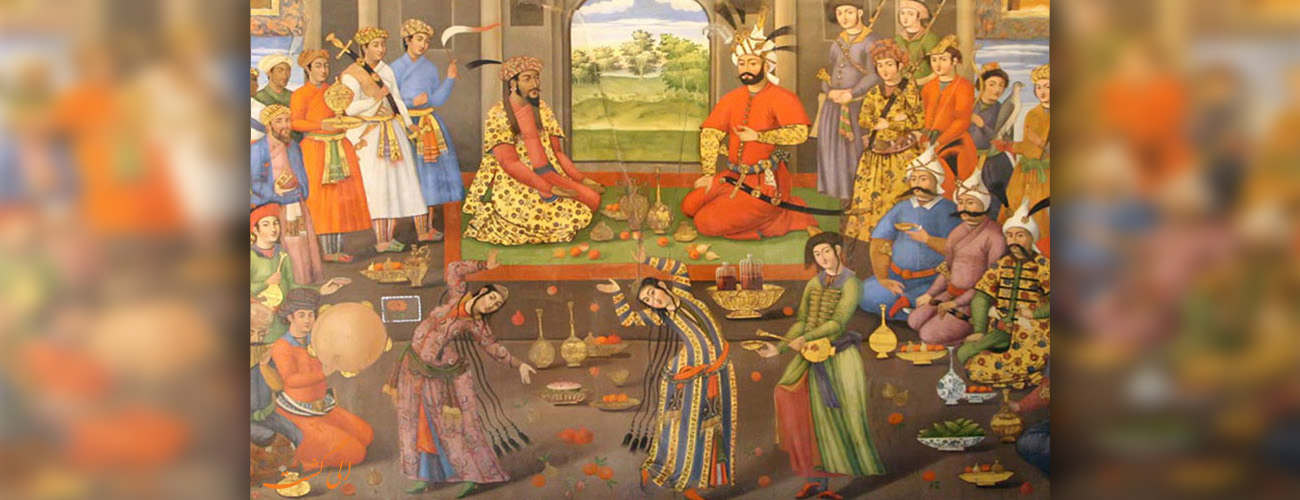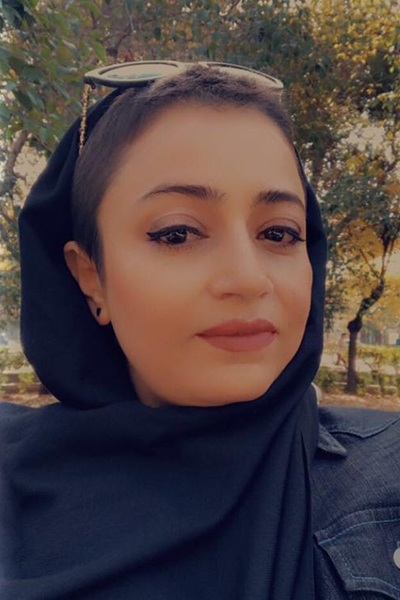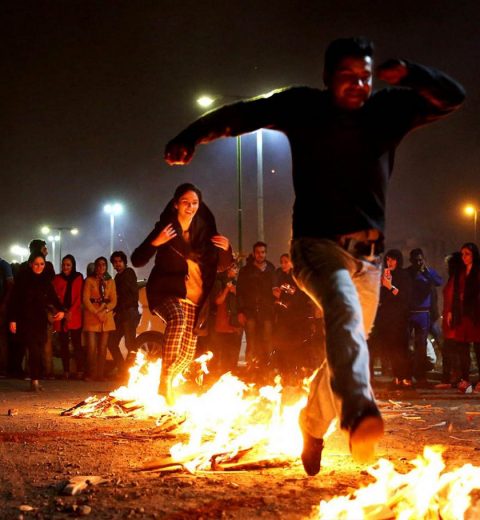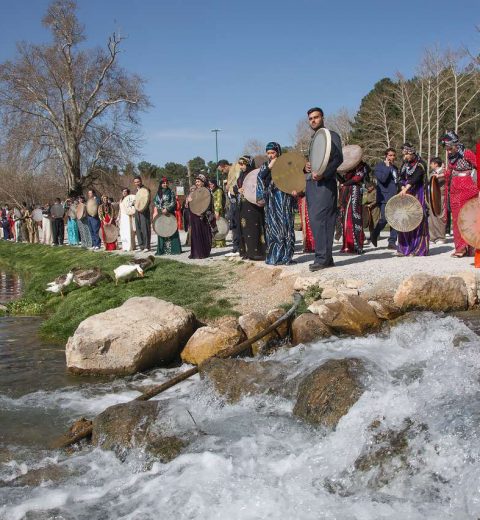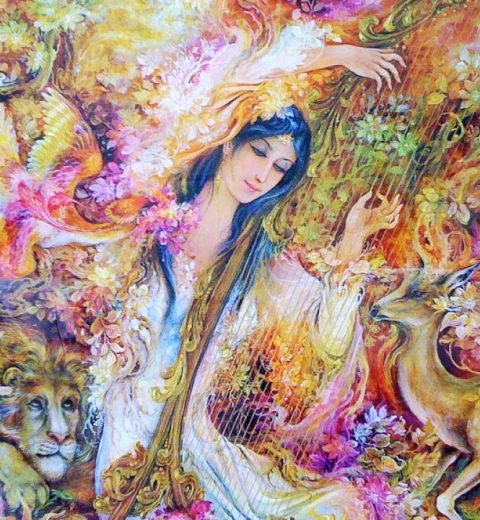The Mid-Winter festival or the Gahanbary was held in ancient Iran every year on the 15th of Bahman (4th February), when forty-five days have passed from winter. In ancient Iran, Iranians were full of enthusiasm for life and held many celebrations and rituals under this pretext. These celebrations and rituals have been excuses for people to be happy and dance and to make life better. The Mid-Winter festival is one of those ceremonies that has been forgotten over time and is much less common than before.
History of Mid-Winter festival
On the 15th of Bahman, right in the middle of winter, when forty-five days have passed since the winter, the giant of winter disappears and the weather warms up, the sound of nightingales is gradually heard and the spring blossoms of the trees are side by side. The ancient Iranians used to celebrate the Mid-Winter festival or Gahanbary. Our ancestors were happy people, and on this day they protected the earth by reviving and breathing again. According to the Zoroastrians, Ahuramazda created the world 6 Gahanbar or 6 times and the celebration of the middle of winter is the rebirth of the earth. This celebration actually originated from respect for nature.
What is Gahanbary?
Gahanbary, or Gahnbar is actually a celebration of the creation of the world in Zoroastrian belief. The word Gahanbar refers to the two words “Gah” meaning day and “Anbar” meaning agricultural reserves and the blessing of the land in planting and harvesting. In the religion of Zoroaster, it is stated that Ahuramazda created the material world in six-days or six stages. These six times are:
- The first Gahabar, the Midiozerim, is equal to 15 Ordibehesht (5th May), the forty-fifth day of the year, the day the sky was created.
- The second Gahanbar, Medioshim is equal to 15 Tir (6th July), the one hundred and fifth day of the year is the day of water creation.
- The third Gahanbar, Pite Shahim, is equal to 30 Shahrivar (21th September), the 180th day of the year, the day of the creation of the earth.
- The fourth Gahanbar, Ayasarem, is equal to 30 Mehr (22th October), the two hundred and twelfth day of the year, the day when the plants were created.
- The fifth Gahanbar, Midiarem, equal to the 20 Dey of (10th January), is the 90th day of the year, the day of the creation of animals.
- The sixth Gahanbar, the Hamaspatmedom, is equal to the three hundred and sixty-fifth day of the year (the leap year), which is also called the eighth period, the day of human creation.
- In the seventh and last stage of Gahanbar, fire is created, which is a symbol of energy, power, and movement in the universe. Each time of Gahanbars lasted five days and the fifth day was the most important day. Some Gahanbar consider Nowruz to be a celebration of the creation and protection of fire. The reason for forgetting the Gahanbary celebration or the Mid-Winter festival in the middle of winter is due to the seizures of the priests of the Sassanid era and with the intention of matching the number of Gahanbars with the six stages of creation.
Rituals and ceremonies
Zoroastrians Gahanbars celebrate Ahuramazda and thank him for his good data and creations. The cleric of the creatures sings Gahanbar and the rich and the weak, rich and poor, should participate in this ritual. What every person has to do is donate a portion of their income to giving and helping the poor. According to this belief, many Zoroastrian benefactors, before their death, dedicate all or part of their property, such as land, gardens, water, and houses, to the rituals of Gahanbar, giving alms, and helping others. At the end of the prayer, a table was set for the celebration of Gahanbary, and everyone sat on it and ate its sweets and food.
With the sun shining behind the severe cold of the past, the buds of hope began to grow in the hearts of the people of ancient Iran. After the end of the Mid-Winter festival, people gradually took agricultural tools and equipment out of the warehouses, cleaned and repaired them, and prepared for the new crop year. The chronicles of ancient Iran are full of celebrations, such as the celebration of the Sadeh, Bahmangan, Digan, Mehregan, Nowruz, Mid-Winter festival, etc. So what good is it to try to protect and hold these celebrations?

